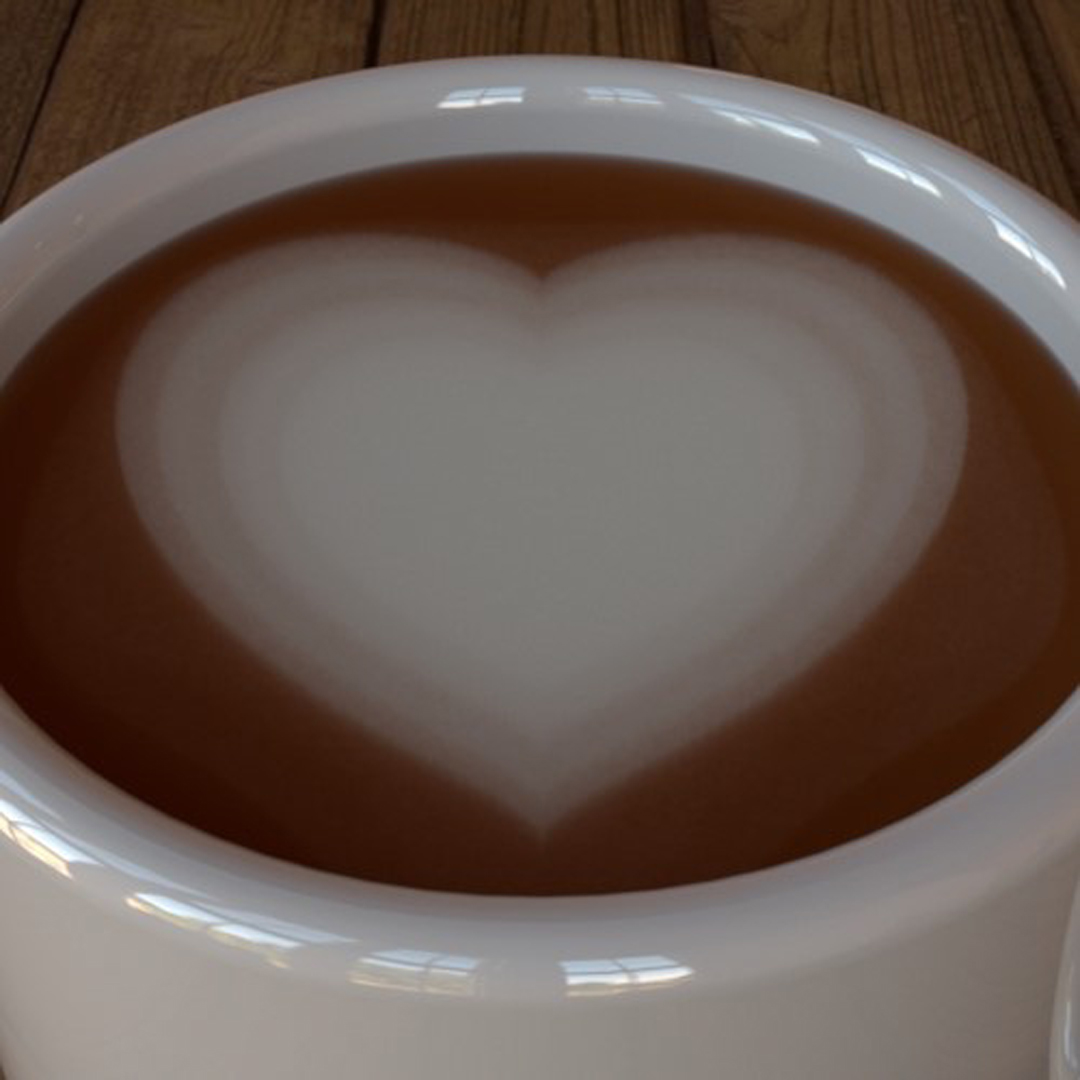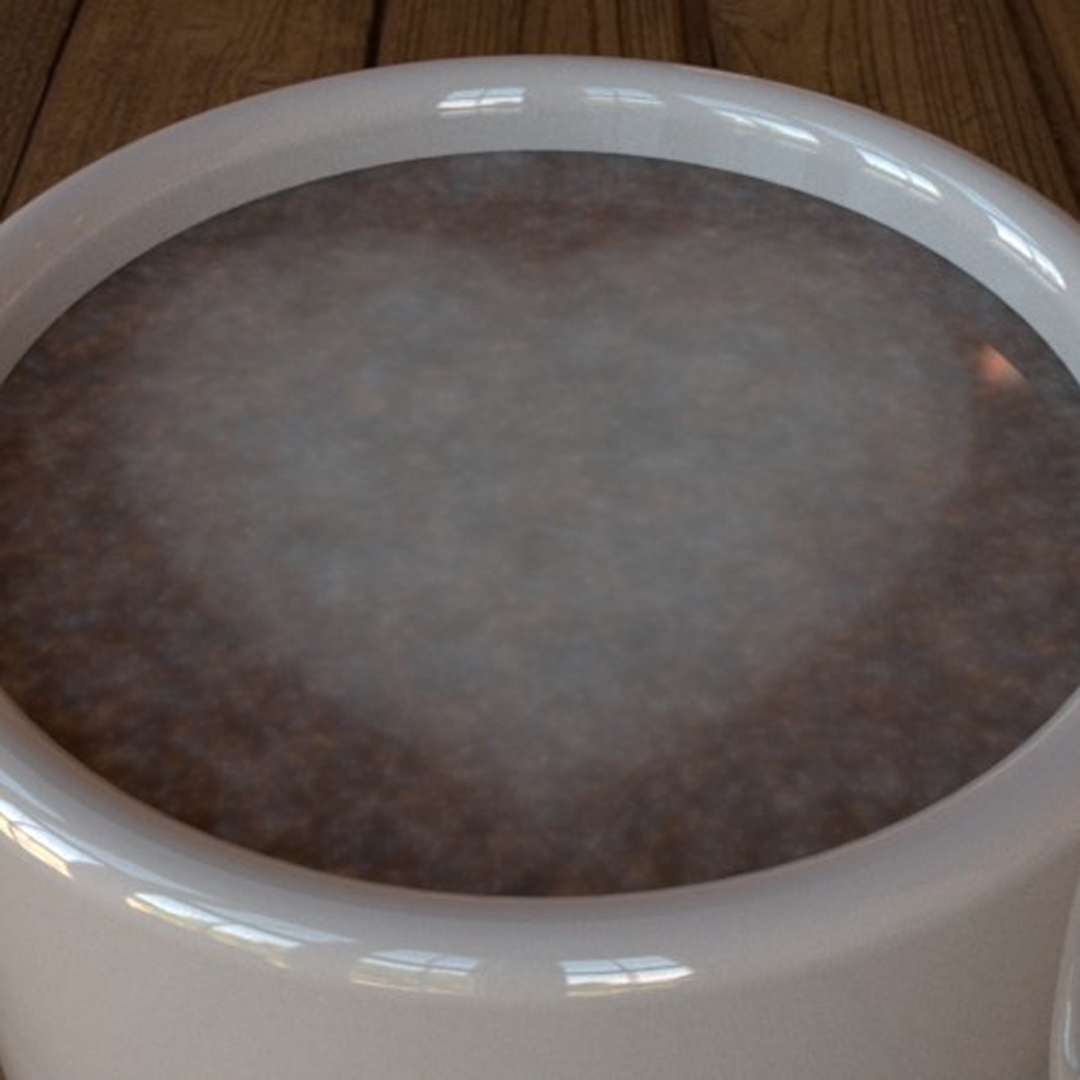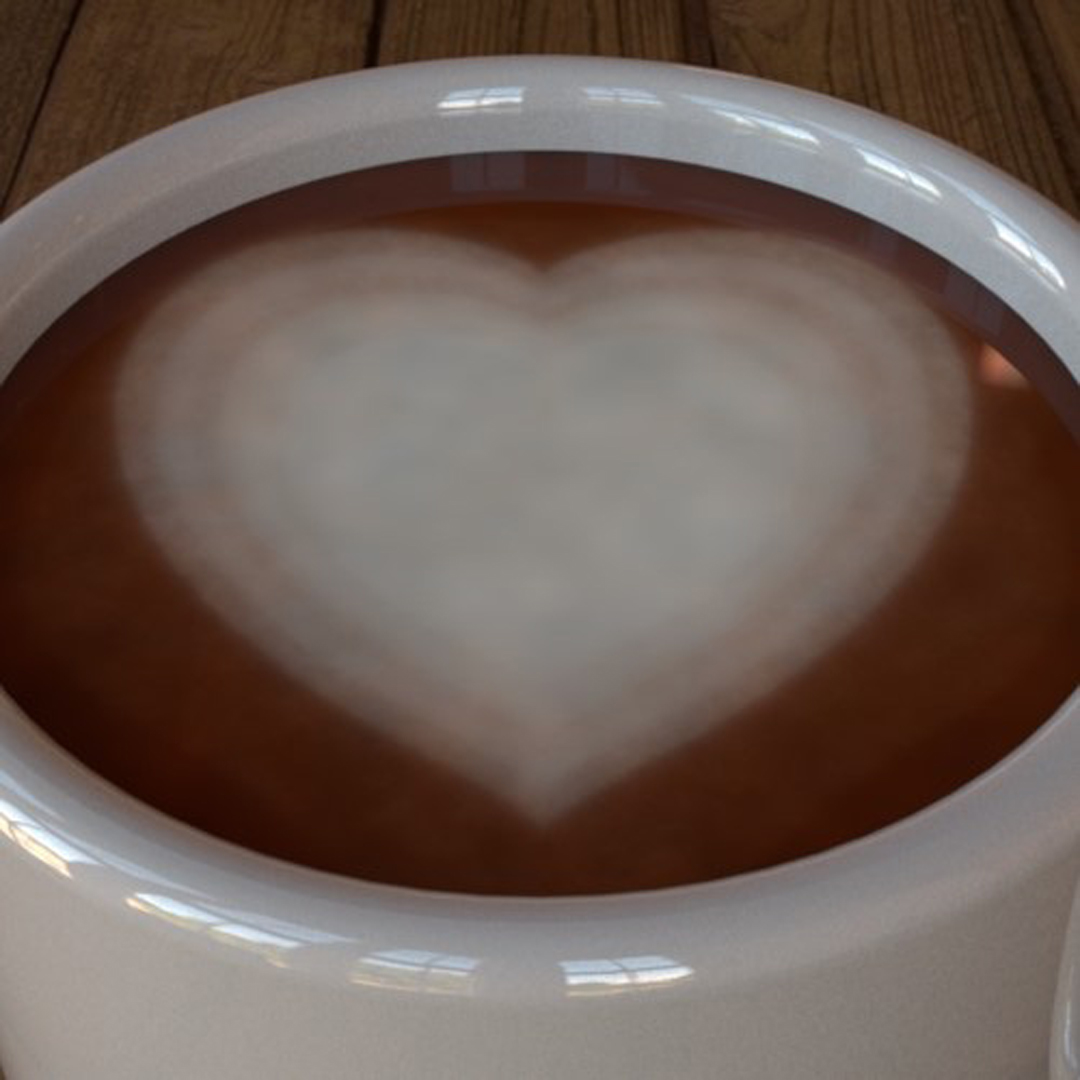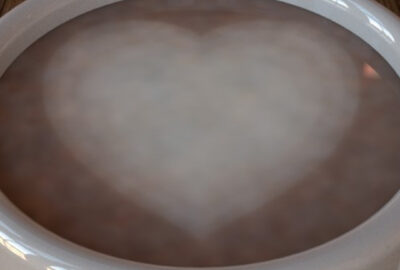“Which BSSRDF model is better for Heterogeneous Materials?” by Nakamoto and Koike
Conference:
Type(s):
Title:
- Which BSSRDF model is better for Heterogeneous Materials?
Presenter(s)/Author(s):
Entry Number: 44
Abstract:
We present an improved method for rendering heterogeneous translucent materials with existing BSSRDF models. In the general BSSRDF models, the optical properties of the target object are constant. Sone et al. have proposed a method to combine with existing BSSRDF models for rendering heterogeneous materials. However, the method generates more bright and blurred images compared with correctly simulated images. We have experimented with various BSSRDF models by the method and rendered heterogeneous materials. As a result, the rendered image with the better dipole model is the closest to the result of Monte carlo simulation. If incorporating the better dipole model into the method proposed by Sone et al., we can render more realistic images of heterogeneous materials.
References:
- Eugene D’Eon. 2012. A Better Dipole. Publicly available technical report. (2012). http://www.eugenedeon.com/project/a-better-dipole/ ,.
- Eugene D’Eon and Geoffrey Irving. 2011. A Quantized-diffusion Model for Rendering Translucent Materials. In ACM SIGGRAPH 2011 Papers (SIGGRAPH ’11). Article 56, 56:1–56:14 pages.
- Jeppe Revall Frisvad, Toshiya Hachisuka, and Thomas Kim Kjeldsen. 2014. Directional Dipole Model for Subsurface Scattering. ACM Trans. Graph. 34, 1, Article 5 (Dec. 2014), 12 pages. https://doi.org/10.1145/2682629
- Henrik Wann Jensen, Stephen R. Marschner, Marc Levoy, and Pat Hanrahan. 2001. A practical model for subsurface light transport. In Proceedings of the 28th annual conference on Computer graphics and interactive techniques (SIGGRAPH ’01). 511– 518.
- Hiroki Sone, Toshiya Hachisuka, and Takafumi Koike. 2017. Parameter Estimation of BSSRDF for Heterogeneous Materials. In EG 2017 – Short Papers. The Eurographics Association. https://doi.org/10.2312/egsh.20171018
Keyword(s):
Additional Images:
- 2018 Posters: Nakamoto_Which BSSRDF model is better for Heterogeneous Materials?
- 2018 Posters: Nakamoto_Which BSSRDF model is better for Heterogeneous Materials?









